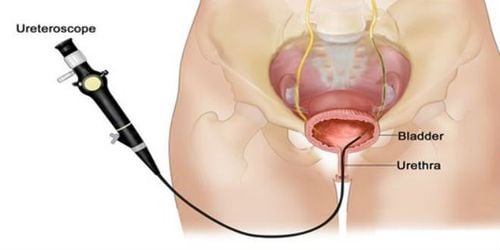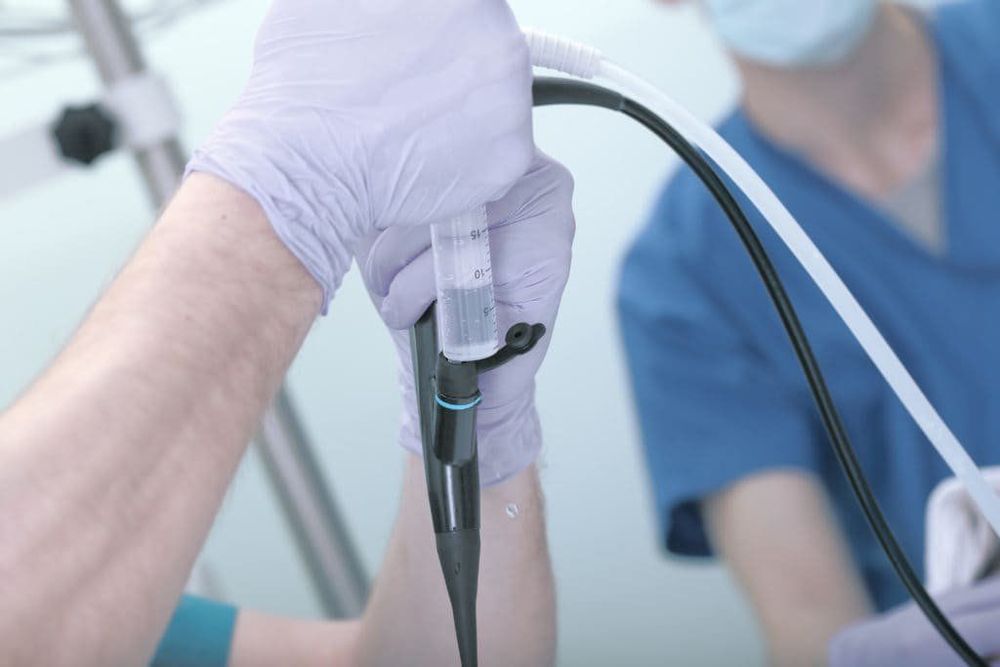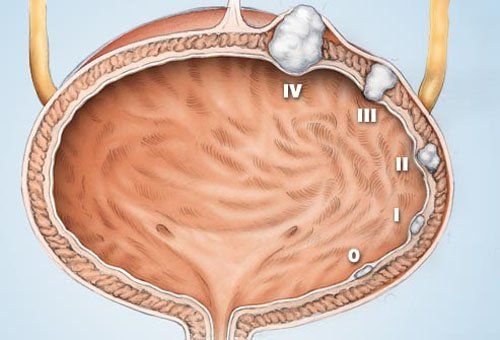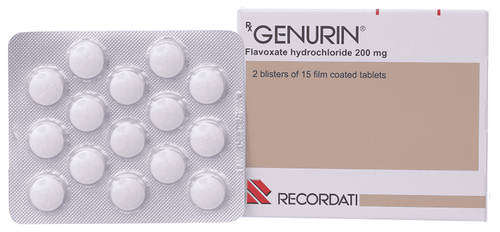This is an automatically translated article.
The article was professionally consulted by Doctor Department of General Surgery and Anesthesia, Vinmec Hai Phong International General Hospital.
Cystoscopy is a procedure that uses an endoscope to observe, diagnose and treat diseases in the bladder. This technique can use either a rigid or flexible endoscope for cystoscopy.
1. What is a cystoscopy?
Cystoscopy is an imaging method that is widely applied today, helping doctors examine the lower urinary tract (including the urethra and bladder) through a specialized endoscope. The doctor can look directly into the endoscope or through a computer screen that displays the endoscope. Sometimes, if your doctor finds an abnormality in your bladder, they can treat it while the procedure is in progress.
Cystoscopy is indicated for patients with suspected bladder problems such as pain while urinating, blood in the urine, recurrent urinary tract infections, and irritable bladder. cause sudden and unbearable urge to urinate) or incontinence. Some abnormalities in the bladder lining can only be seen through a cystoscopy.
A laparoscope is a small tube that is inserted into the bladder through the urethra (the passage that carries urine from the bladder out). There are two types of endoscopes, flexible endoscopes and rigid endoscopes. Both types of endoscopes have auxiliary manipulation channels, which help to insert other small devices during manipulation. Specifically, the doctor may take a biopsy tissue sample from the lining of the bladder using a gripper inserted from an auxiliary manipulative channel.

2. Advantages of rigid and flexible cystoscopy
Flexible endoscope Is a small, flexible tube, consisting of bundles of optical fibers with the same thickness as a pencil, with a flexible tip that can be bent, helping to see a wide area. The flexible tube is often used because it is soft, easy to move, and flexible according to the curve of the urethra. Flexible cystoscopy allows the doctor to see the entire inside of the bladder. This method helps the patient to be comfortable, less painful, does not limit the endoscopic position, can insert the bronchoscope in difficult situations such as high bladder neck, large middle lobe prostate;
Rigid endoscope Is a small, rigid and straight tube, the internal structure of which includes many lenses (rod-lens), which gives better improved survey images than the flexible bronchoscope (the internal structure consists of fiber optic (fiber optic). The rigid tube cystoscopy allows the physician to insert a variety of instruments through the sub-channels with a wide, multi-channel lumen, for different purposes such as diagnosis and treatment. at the bladder.
At the same time, the rigid tube cystoscope is also easy to control and orient when examining. Cystoscopes can hold the device with one hand and operate other functions with the other hand without the assistance of others.
3. Disadvantages of hard and flexible cystoscopy

Flexible laparoscope: Difficult to treat all bladder abnormalities such as rigid tubes because it is difficult to insert interventional instruments into the bladder through manipulative channels; Rigid endoscope: It is difficult to see the entire bladder like a flexible tube because of the lack of flexibility and flexibility of the flexible tube. At the same time, endoscopy with a rigid tube also causes more pain and discomfort for the patient than a soft tube, so it is often given general anesthesia or spinal anesthesia (an anesthetic is injected into the spinal cord, inhibiting all sensations. from the waist down) before the procedure. Each type of hard and soft endoscope has its own advantages and disadvantages. Therefore, depending on the disease condition and each specific patient, the doctor will choose the appropriate cystoscopy instrument.
Please dial HOTLINE for more information or register for an appointment HERE. Download MyVinmec app to make appointments faster and to manage your bookings easily.













